Clues to the Painting you can see:
Men Left Hand (absorption) / God Right Hand (Emission )
Color of the Fabric: Red and Cyan
the position of the man reminds me of this


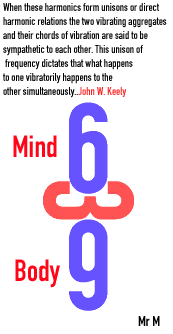


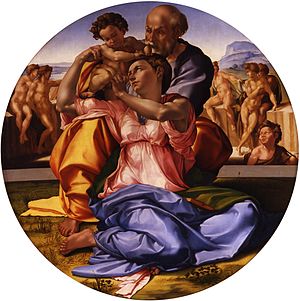
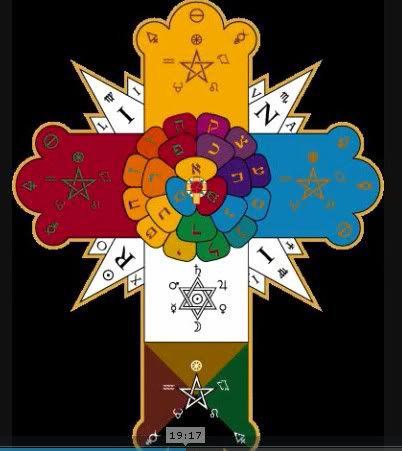
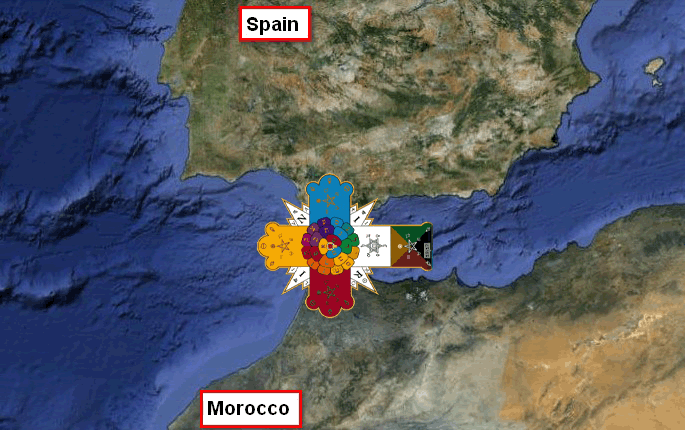
Men Left Hand (absorption) / God Right Hand (Emission )
Color of the Fabric: Red and Cyan
Cyan ( /ˈsaɪ.ən/[4] or /ˈsaɪ.æn/;[5] from Greek: κύανoς, transliterated: kýanos, meaning "dark blue substance")[6] may be used as the name of any of a number of colors in the blue/green range of the spectrum. In reference to the visible spectrum cyan is used to refer to the color obtained by mixing equal amounts of green and blue light or the removal of red from white light. As such, cyan is the complement of red in RGB and CMYK color models: cyan pigments absorb red light.
Cyan is also called aqua or blue-green, and was formerly known as "cyan blue".[7]
The first recorded use of cyan blue (as noted above, "cyan blue" was the name used for the color "cyan" in the 19th century) as a color name in English was in 1879.[8]
Some tones of color close to cyan in the cyan color range are teal, turquoise, electric blue and aquamarine.
(this part taken from the french version of wikipedia )
also one of the names of Lord Krishna, illustrating his skin black / blue) is a pure color of light of wavelength 500 nm.
Cyan is also called aqua or blue-green, and was formerly known as "cyan blue".[7]
The first recorded use of cyan blue (as noted above, "cyan blue" was the name used for the color "cyan" in the 19th century) as a color name in English was in 1879.[8]
Some tones of color close to cyan in the cyan color range are teal, turquoise, electric blue and aquamarine.
(this part taken from the french version of wikipedia )
also one of the names of Lord Krishna, illustrating his skin black / blue) is a pure color of light of wavelength 500 nm.
the position of the man reminds me of this




cyan pigments absorb red light.

1550, Michelangelo, 1475-1564, High Renaissance Italy. He was in a class by himself, He didn't like Da Vinci, fought with Raphael, and took no students. He was a sculptor until 1503 when he first picked up a brush, already the most famous artist alive. He made his own gilded frames and always did prefer sculpting.
THEORY. Although he never professed it, his first painting "The Holy Family" when he was 28 years old divided into three colors, Yellow, Cyan, and Magenta
THEORY. Although he never professed it, his first painting "The Holy Family" when he was 28 years old divided into three colors, Yellow, Cyan, and Magenta









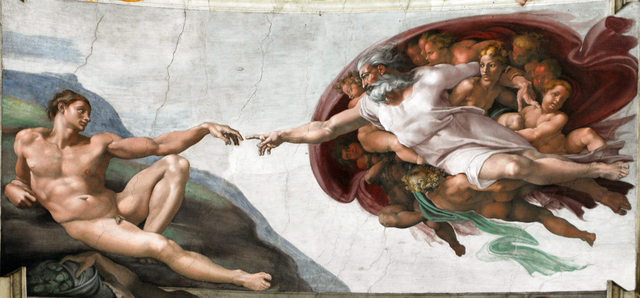

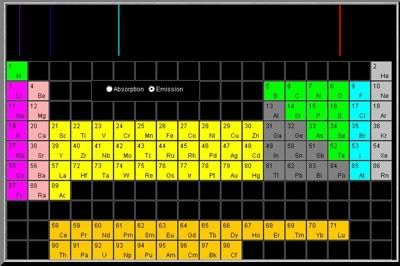
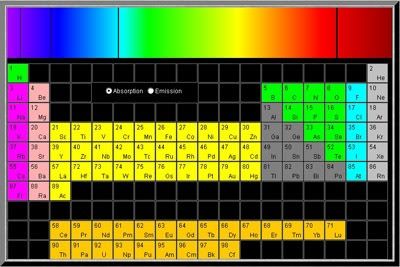
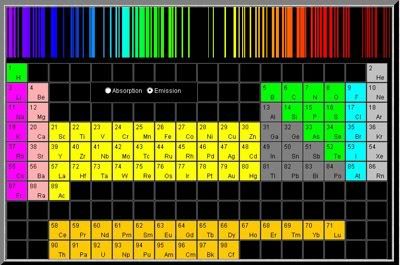
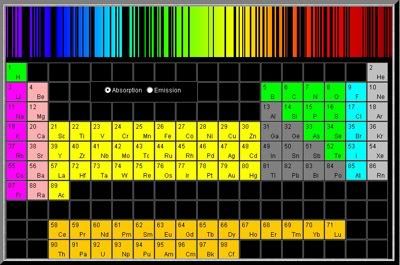


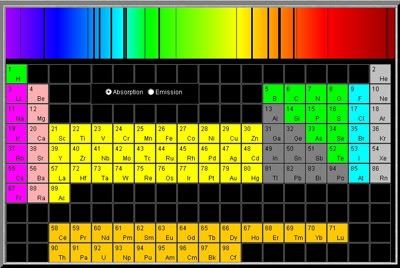
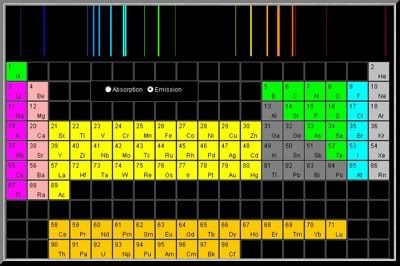


 ....) are the Solar System Symphony for The One Maestro, and every creature here on Mother Earth follows its rhythms in
....) are the Solar System Symphony for The One Maestro, and every creature here on Mother Earth follows its rhythms in 

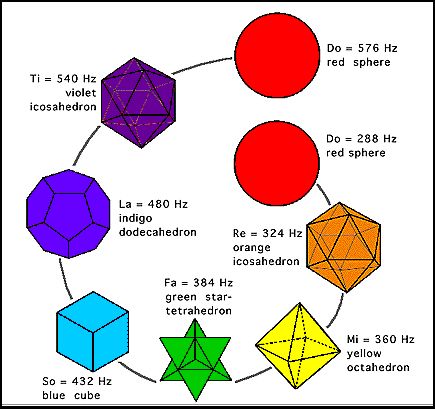


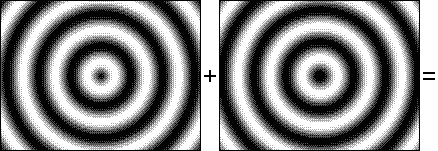






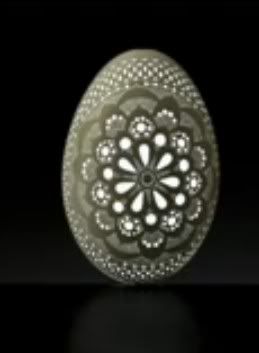

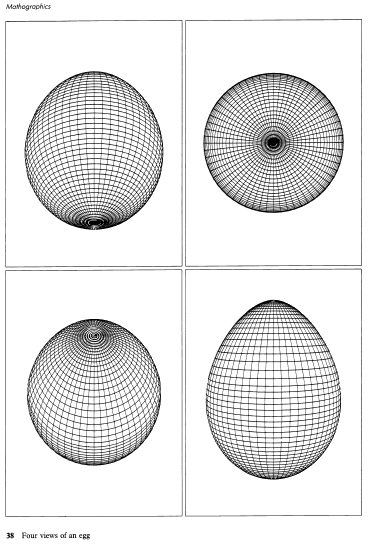
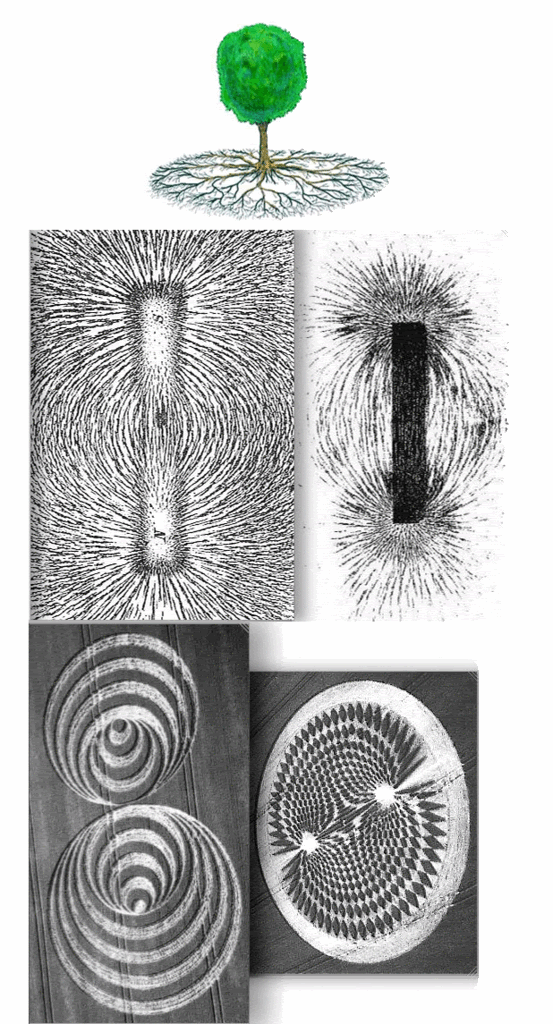
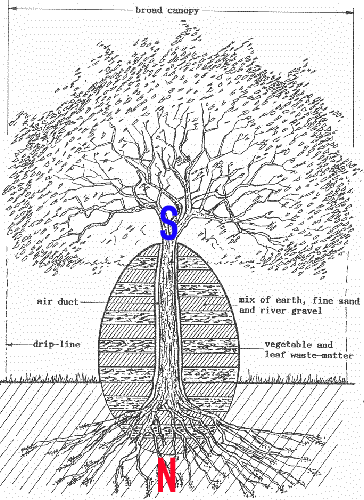
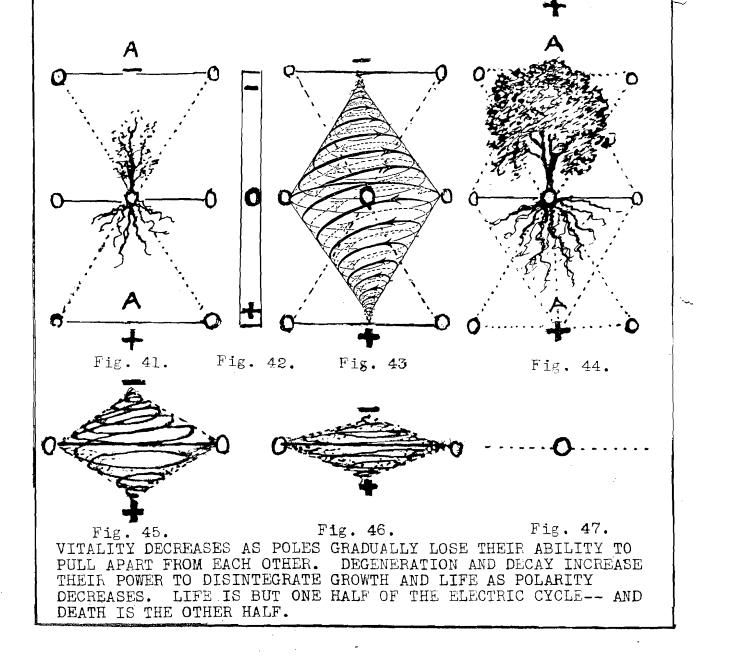

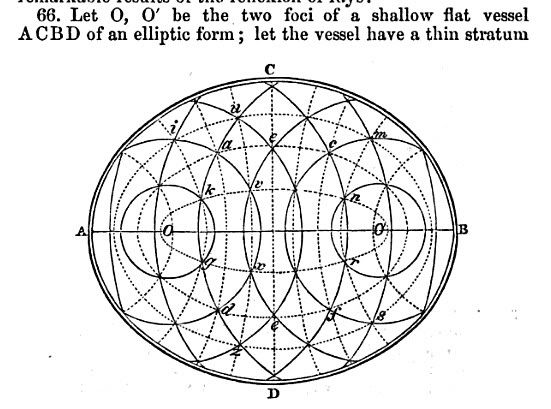

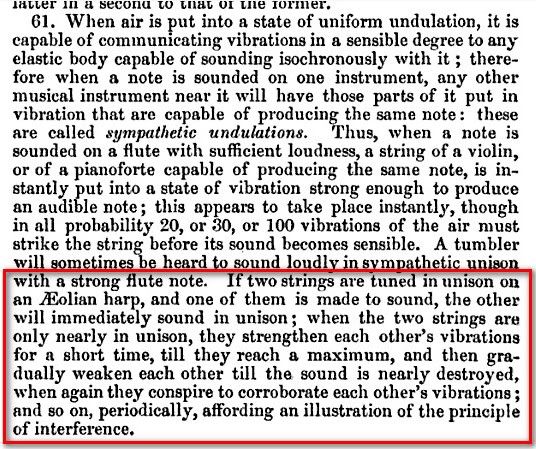



Comment